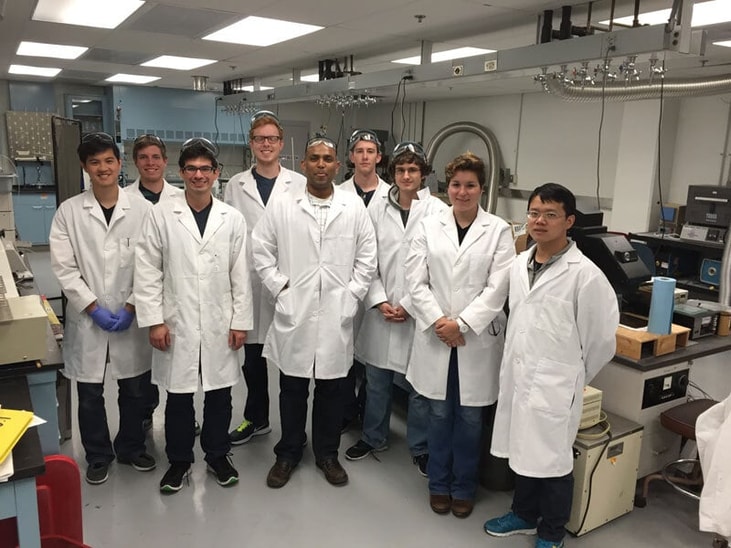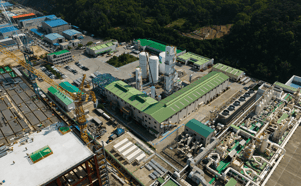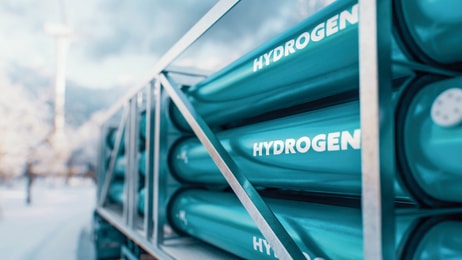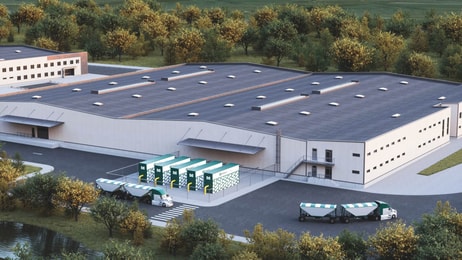HyperSolar team at University of Iowa hits 1.4 V milestone in artificial photosynthesis project
HyperSolar, Inc. announced today that it has reached the 1.4 volts (V) milestone. This record achievement moves the company significantly closer to using artificial photosynthesis to split water into hydrogen and oxygen using only the power of the sun.
The company’s research team had previously met the challenge of reaching 1.25 V, the theoretical minimum voltage needed to split water molecules into hydrogen and oxygen. The 1.4 V results were recorded at the University of Iowa campus research location. Now, the Iowa research team is seeking to exceed 1.5 V, the practical voltage needed to effectively split water in commercial systems.
Further facilitating this voltage increase, the Iowa research team recently identified a low cost process that effectively replaces the conventional and expensive vapor deposition process required to make the solar cell component. This breakthrough overcomes a critical cost challenge, allowing the company to focus its efforts on developing a complete prototype of a self-contained solar-powered hydrogen production unit with photovoltage of more than 1.5 V. The prototype would form the basis for developing an economical large scale manufacturing process.
“We are extremely pleased to record voltage samples at such a high level that clearly demonstrate the progress we have achieved in our pursuit of renewable hydrogen fuel,” said Tim Young, CEO of HyperSolar. “Our research teams at the University of Iowa and University of California, Santa Barbara, have worked extremely hard to reach this level of performance. We are confident that the recent breakthroughs will bring us significantly closer to building cost-effective real world systems for producing hydrogen at or near the point of distribution using only water and the power of the sun. As commercial adoption widens in consumer markets for fuel cell vehicles and numerous industrial applications, we believe the company is well-positioned for future licensing efforts and overall product implementation.”
... to continue reading you must be subscribed





















